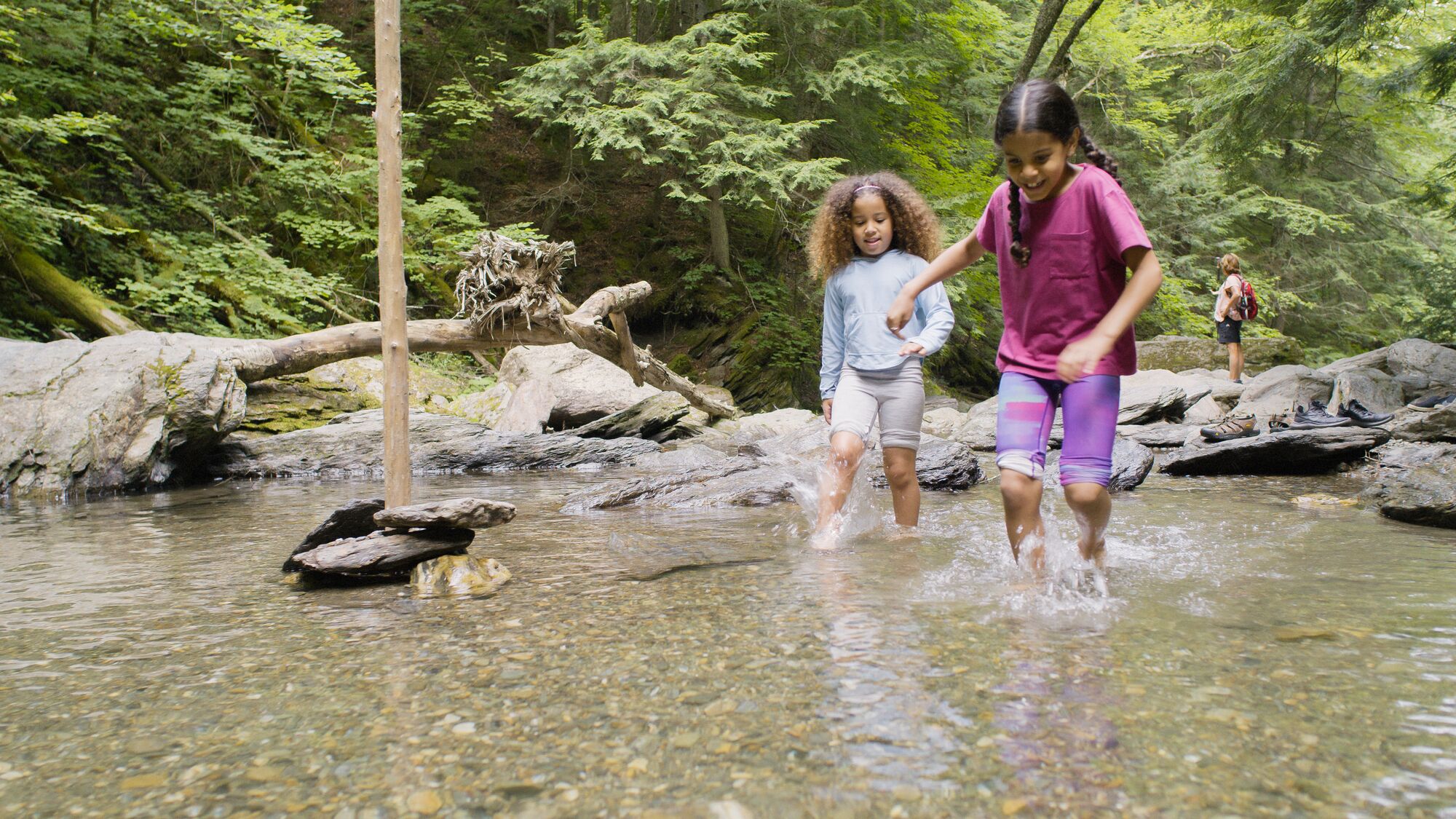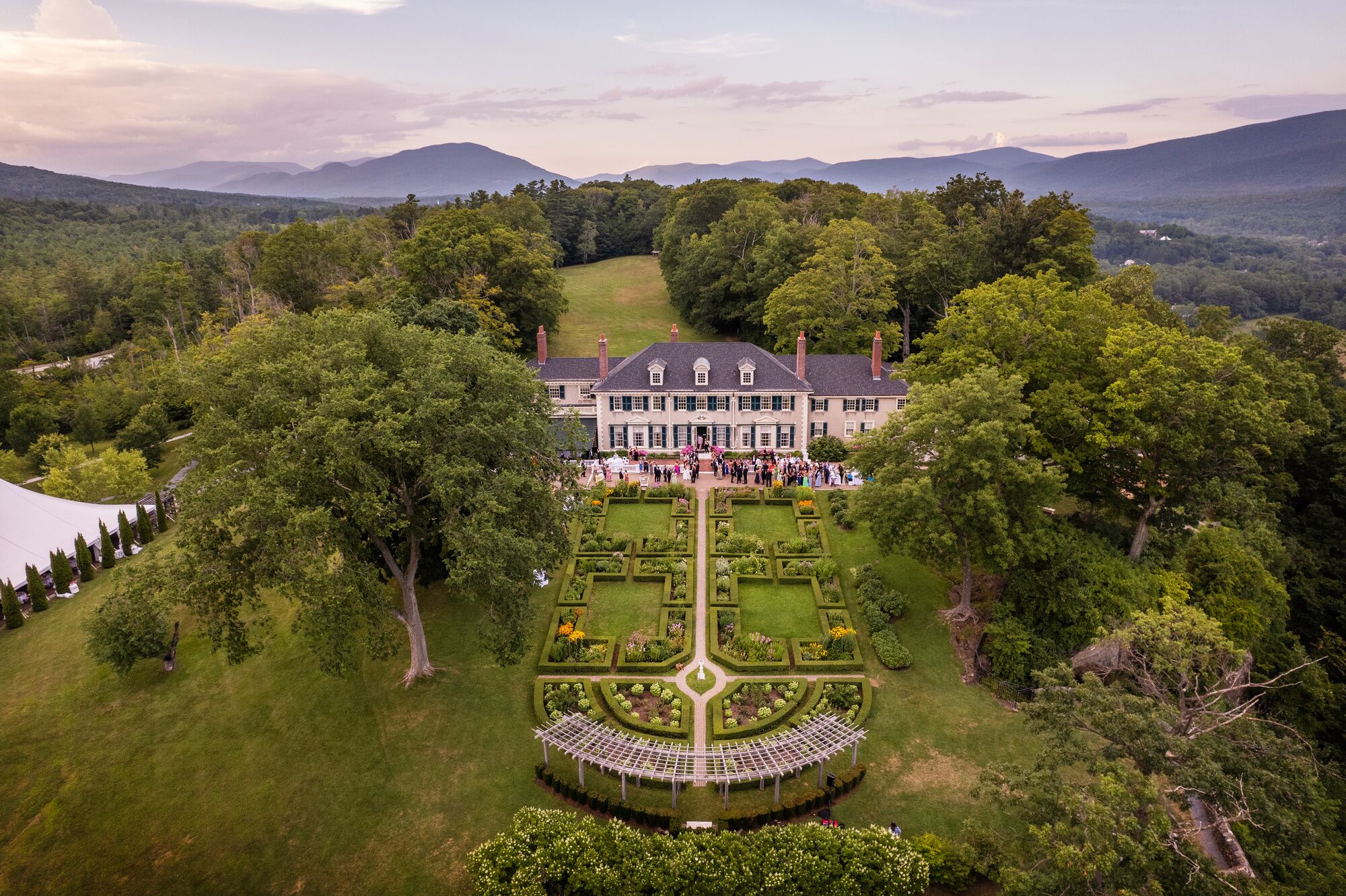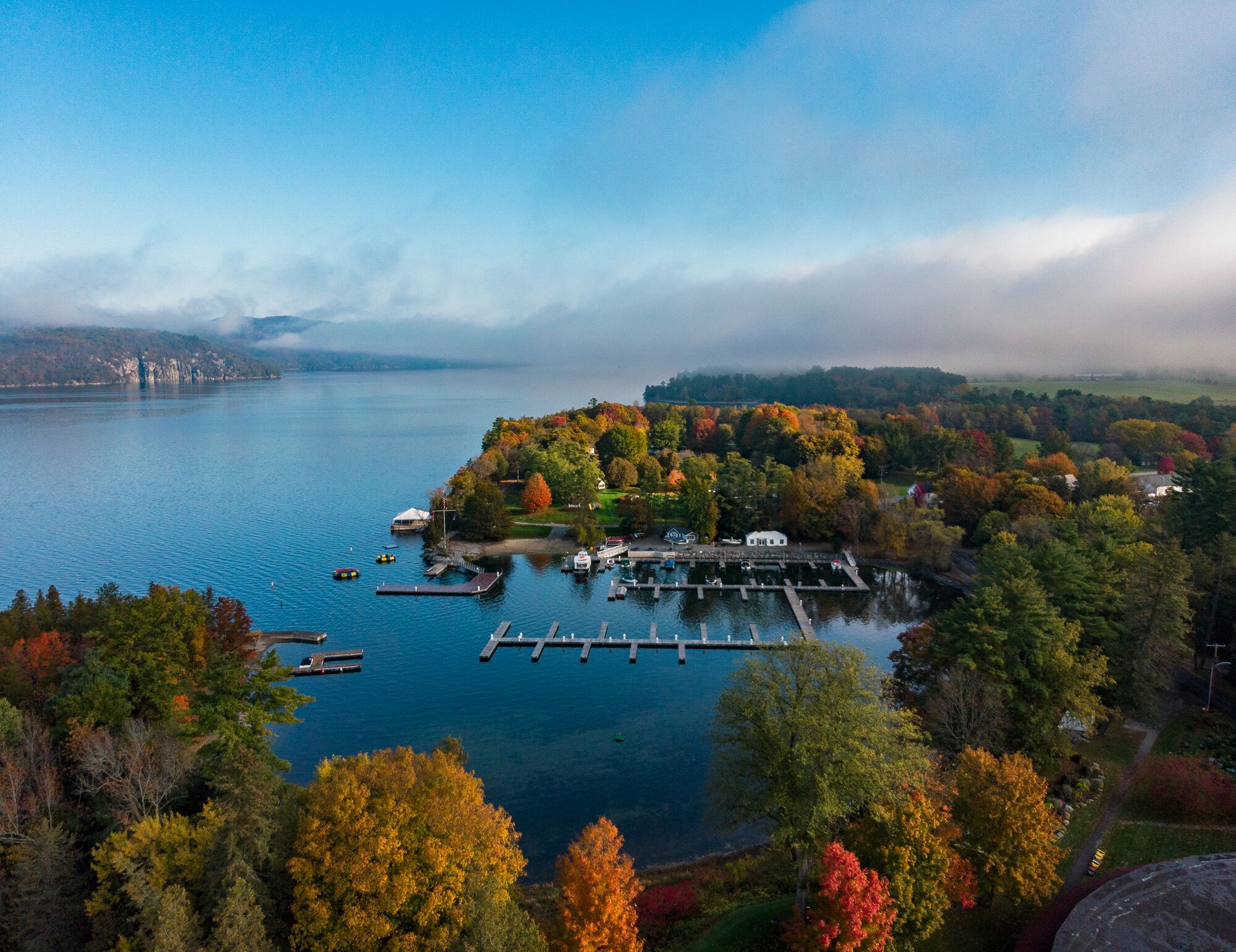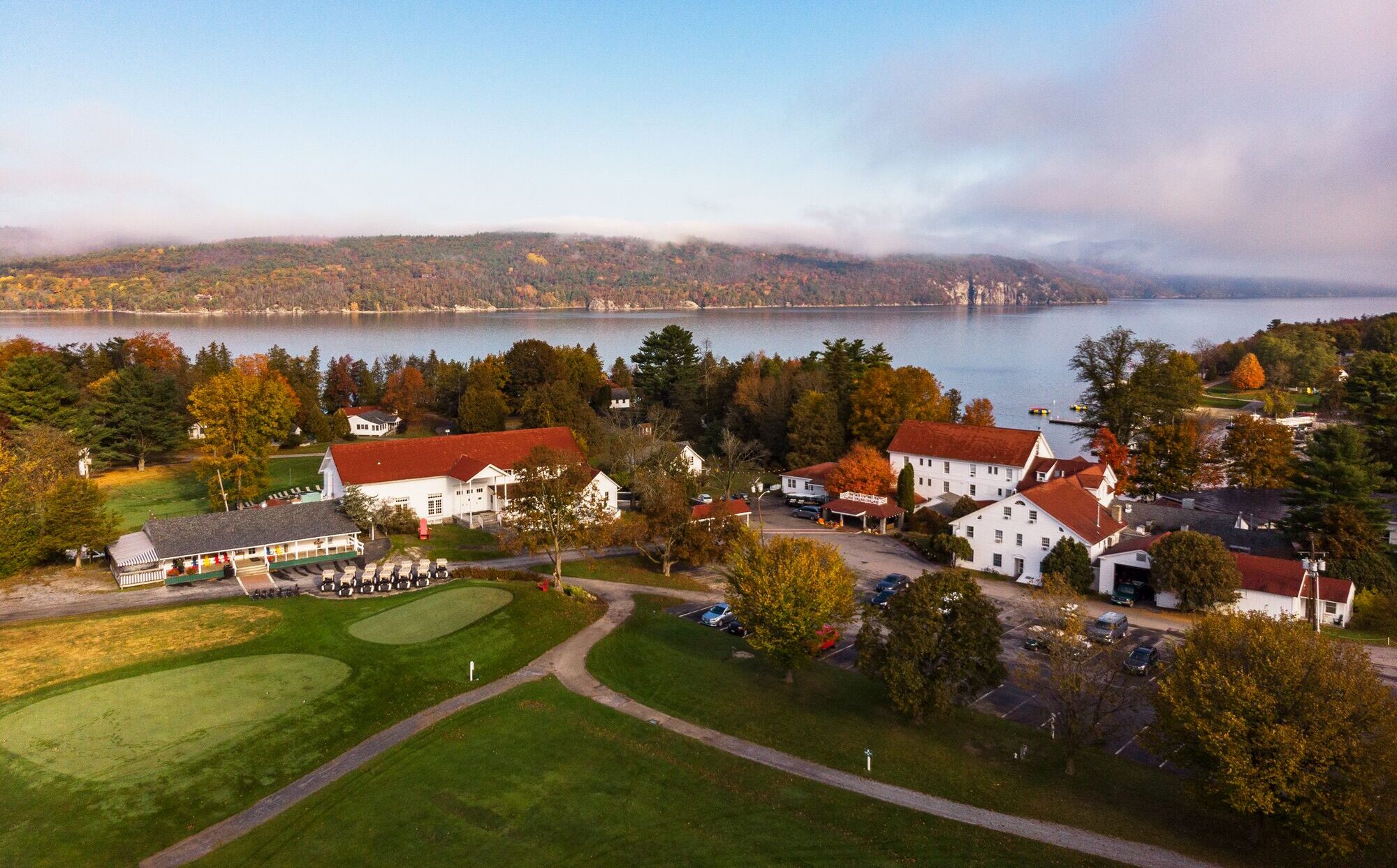Vermont History
Vermont is Rich with History
A SMALL STATE WITH A BIG STORY
With evidence of Indigenous people living on this land extending as far back as 13,000 years, Vermont’s history is rich, shown in Native encampments, centuries-old churches and synagogues, agricultural farmsteads, downtowns with ornate architecture, and enduring swaths of forest rich with life.
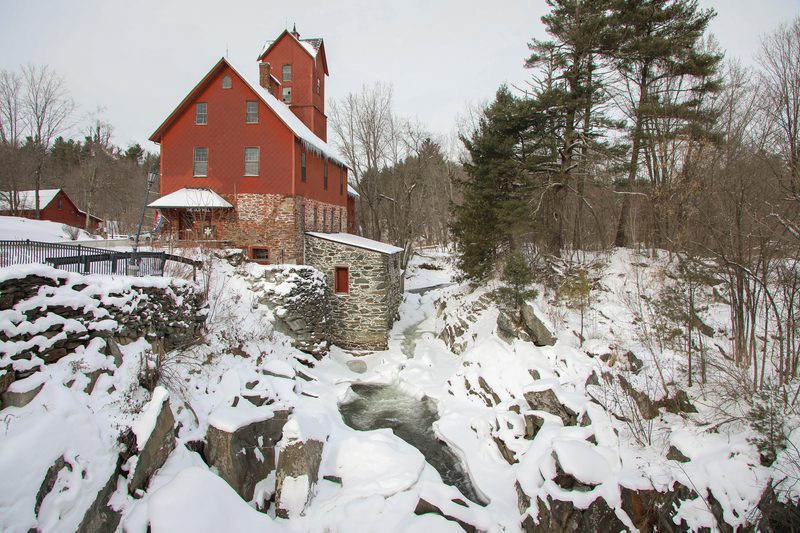
The Green Mountain State is bordered by Canada, New York, Massachusetts, and New Hampshire. It is 157.4 miles in length, 90.3 miles wide at the Canadian border, and 41.6 miles along the Massachusetts border. The Connecticut River forms the eastern boundary, while the western boundary with New York runs down the middle of Lake Champlain for more than half of its length.
Vermont’s modern name comes from “Les Monts Verts,” French for Green Mountains, in homage to the 67 mountains that give the landscape its topography and striking views. Today, forests cover about 70% of Vermont, but it wasn’t always this way. Prior to the European settlement, 95% of the state was forested, and by the late 1800s, settlers had cleared 80% of the land.
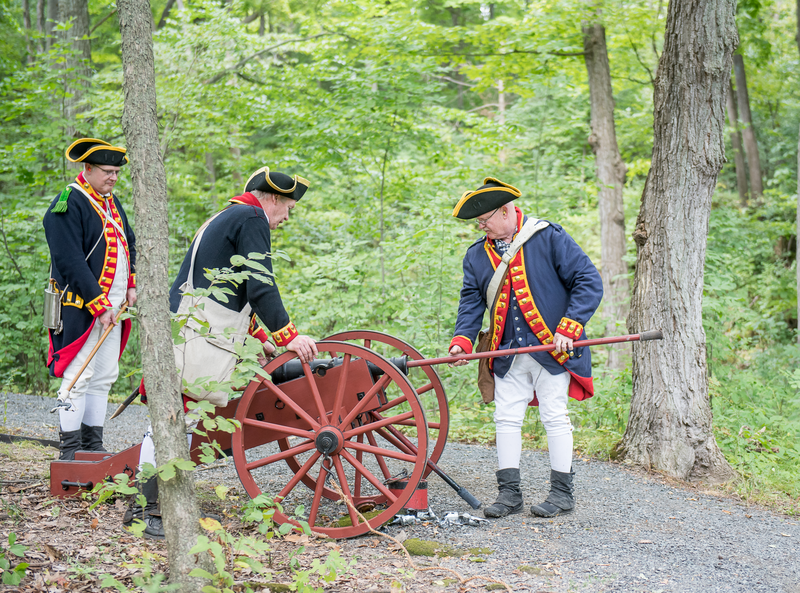
In 1609, Samuel de Champlain’s journey into the Champlain Valley with his Native allies marked the first documented European expedition. By the 18th century, parts of the land were staked out by both British and French settlers. In 1763, the British victory over the French and the Treaty of Paris put the land in English hands. The early charters and land patents, particularly the New Hampshire Grants from 1749 and 1764, had a lasting effect on the settlement patterns in the southern part of what would become Vermont.
With the formation of the United States of America, the territory claimed through grants by both New Hampshire and New York became the independent Republic of Vermont. It remained a sovereign republic for fourteen years until March 4, 1791, when it became the first state to join the Union following the ratification of the United States Constitution.
About 645,000 people call Vermont home and enjoy more than 1,400 miles of mountain biking trails, countless hiking trails, 55 state parks, 24 state historic sites, 20 downhill ski areas, thousands of miles of Nordic ski trails, and 100 historic covered bridges. Outdoor recreation is a vital part of present-day Vermont’s culture and economy, accounting for 4.1% of the state’s GDP in 2022, the third largest such share in the nation.
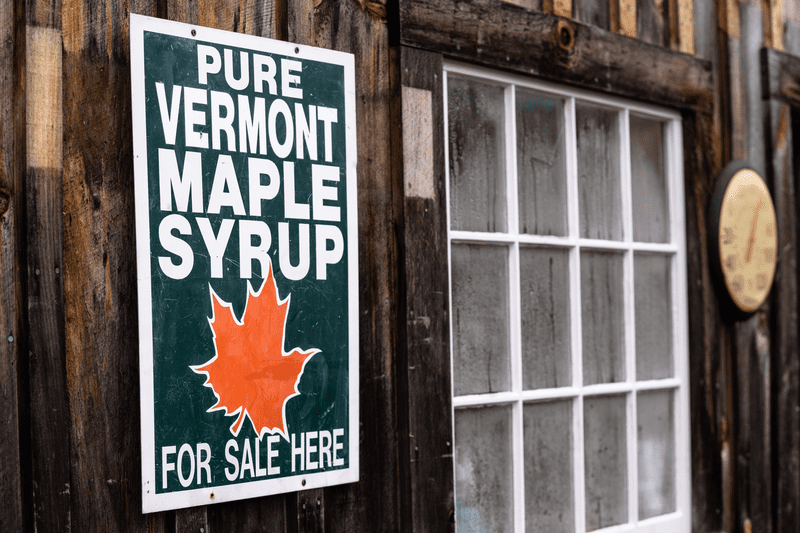
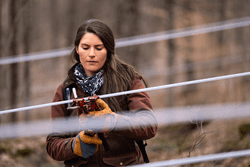
Vermont is the top producer of maple syrup in the country and is also home to hundreds of dairy farms. Green Mountain forests boast the highest concentration of sugar maples in the U.S., painting Vermont’s forests rich hues of burning scarlet, blazing ochre, and bright yellow during autumn.
Beautiful barns dot byways and backroads, telling the story of Vermont’s working lands and agricultural heritage and inviting travelers to stop in at farmstands and enjoy walking trails on farms. Evidence of historic innovation in Vermont can be found statewide across a broad swath of industry.
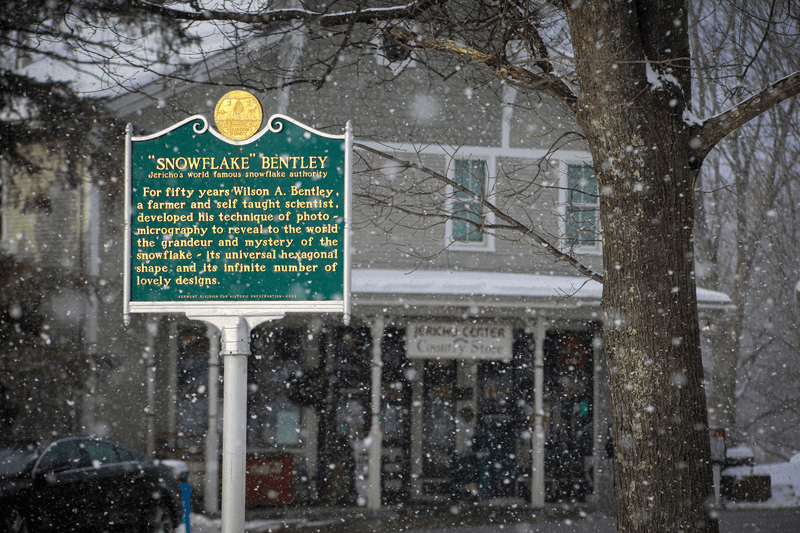
Dorset was home to the first marble quarry in the U.S., opening in 1785. Strafford hosted the national largest producer of copperas in the 19th century, active from 1809 to 1958. The first ski tow in the U.S. was built in 1934 in Woodstock. Jericho’s Wilson “Snowflake” Bentley took the nation’s first successful detailed photographs of snowflakes in 1895.
Vermont is home to many civil rights firsts. On July 8, 1777, the first Constitution of the “Free and Independent State of Vermont” was adopted, prohibiting adult slavery. Vermonters voted to amend the state’s constitution further to ban all slavery. Because of its location between Lake Champlain and the Connecticut River, Vermont was a path enslaved people used to escape to freedom northward in Canada. The African American Heritage Trail explores Vermont’s civil rights roots and Black history. To honor those who first called this land home, Governor Phil Scott abolished Columbus Day in 2019 and replaced it with Indigenous Peoples’ Day.
Vermont was the first state to pass marriage equality laws for same-sex couples through the Legislature in 2000. In 2022, Vermonters voted to amend the state’s constitution to permanently protect reproductive autonomy, enshrining in state law a woman’s right to choose.
Today, Vermont’s story is celebrated through storytelling, the performing arts, exhibits, and festivals. State historic sites and museums take visitors through the history of life in Vermont, from Indigenous life to early settlement to the state’s role in the Revolutionary War and subsequent conflicts to the many notable figures who’ve called it home.
